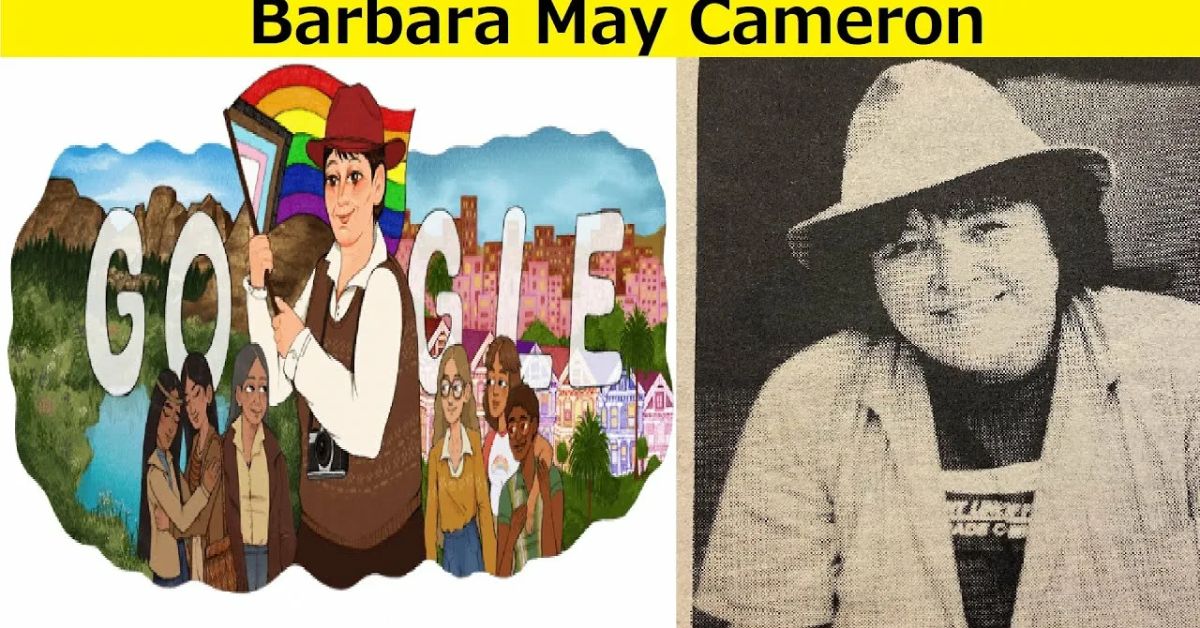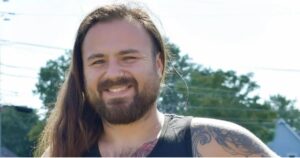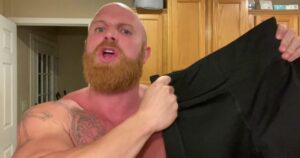Barbara May Cameron, born on May 22, 1954, left an indelible mark in the realms of equality and health awareness. As a Hunkpapa Lakota activist, her enduring legacy encompasses advocacy for LGBTQIA+ inclusion and public health, serving as a perennial source of inspiration and enlightenment.
In this article will give information about her life, achievements and the impact she left on the society.
Who is Barbara May Cameron?
Barbara May Cameron, who went by “Wia Washte Wi,” didn’t let small-town roots limit how high she set her ambitions of making a difference. After nurturing her artistic side in Santa Fe’s vibrant arts scene, Barbara pivoted to the frontlines of changemaking when she landed in the Castro District of San Francisco in 1973.
Achievements and Awards
During nearly thirty years of activism, Barbara racked up victories, honors, and “firsts” like few others. She co-founded pioneering organizations, led the coordination of major Pride events, scored civic appointments and recognition for her service, and worked with leading health bodies worldwide to combat the AIDS epidemic.
Barbara martingaled her way to seats of influence – raising awareness in one forum then using the platform to advocate in another. She motivated through compassion but acted with vigorous conviction. After all, there were lives hanging in the balance. Though AIDS cut down countless friends and loved ones before its own life ended too soon, Barbara battled for public health until her final days.
Notable among her achievements are
Cameron’s trailblazing accomplishments include:
- Co-founding the first gay American Indian advocacy group
- Lead organizer of San Francisco’s Lesbian Gay Freedom Day Parade and Celebration (1980-1985)
- In 1992 Harvey Milk Award for Community Service
- Inaugural Bay Area Career Women Community Service Award
- Partnership with International Indigenous AIDS Network for outreach and education
- Founded Institute on Native American Health and Wellness to publish works by Native women
Read this Blog: Barbara May Cameron quotes
Death
For over two decades, Barbara and partner Linda Boyd built a loving home together, bonding even deeper while raising their pride and joy son Rhys. After 47 short but infinitely impactful years empowering marginalized groups, Barbara passed suddenly on February 12,2002 from an unexpected illness. She left behind not only grieving loved ones, but an unfinished screenplay echoing her ongoing drive to spark social change through art.
FAQ’s
Why is Barbara Cameron such an icon for intersectional activism?
Barbara tackled overlapping forms of bias against marginalized groups head-on – raising awareness in one space then using newfound influence to drive justice in another. She embodied bringing everyone along, left no voice behind.
What made Barbara so effective as an early LGBTQIA+ leader?
She motivated through deep compassion while also leveraging vigorous pressure tactics. Barbara mastered inside maneuvering civic structures plus rallying outsider grassroots support for keeping issues urgent.
How did Barbara May Cameron impact Native American communities specifically?
By spotlighting overlooked challenges like the AIDS crisis in Tribal areas to founding cultural institutions, Barb fought devastating losses of language and identity within indigenous tribes. She catalyzed healing through storytelling projects uplifting Native women authors.
Final Thoughts
Barbara May Cameron showed how strong and caring she was throughout her life. She worked hard to make sure everyone was treated fairly and had good health. She bravely supported LGBTQIA+ rights, fought against racism, and encouraged good health for everyone. Her actions still inspire people today and show them the way to a better future.










